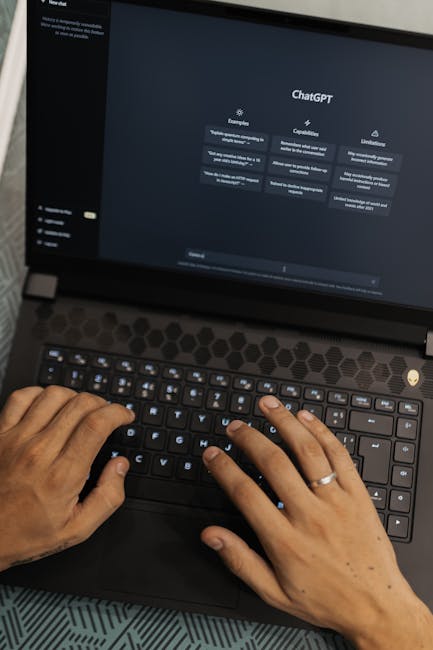
The Dream of an App, The Nightmare of Code
We’ve all been there. You’re in the shower, on a walk, or trying to fall asleep when a brilliant app idea strikes. It’s simple, elegant, and you’re convinced it could be a hit. Then, reality hits you like a ton of bricks: you don’t know how to code. The idea gets shelved, joining a graveyard of digital dreams. But what if that’s no longer a barrier? When I heard that Anthropic’s Claude AI could now help generate functional applications from a simple description, my skepticism was high, but my curiosity was higher. I decided to put it to the test: could a total non-coder like me really build a working app?
The Challenge: A Simple App from a Simple Idea
To give Claude a fair shot, I didn’t ask it to build the next Instagram. I settled on a small, useful tool I’ve always wanted: a “Creative Block Buster.” The concept was simple: a webpage with a button that, when clicked, generates a random creative prompt for artists, writers, or designers. No logins, no databases, just a clean, simple idea generator.
Step 1: The Initial Prompt (Talking to the AI)
I opened a new conversation with Claude and typed out my request in plain English, just as I’d describe it to a human developer. I was specific, but not technical.
My prompt was: “Can you create a simple, single-page web app for me? I want it to be a ‘Creative Block Buster.’ It needs a main title, a button that says ‘Generate New Idea,’ and a space where the random creative idea will appear. Please style it to be clean and modern looking. The app should have a pre-loaded list of at least 10 creative prompts.”
Step 2: The Magic Happens – Code I Don’t Need to Understand
Within about 30 seconds, Claude returned with a complete package: HTML for the structure, CSS for the styling, and JavaScript for the functionality. It was all neatly organized in a single block of code. The beauty of it? I didn’t have to understand a single line of it. Claude provided clear instructions: “Copy this code and save it as an `index.html` file, then open it in your web browser.”
I did exactly that. I opened a text editor, pasted the code, saved the file, and double-clicked it. And just like that, it worked. I had a clean, functional webpage with my title and a button. I clicked the button, and a prompt appeared. I clicked it again, and a new one replaced it. It was astonishing.
Step 3: Iterating and Refining with Conversation
The app worked, but I wanted to make a change. The background was white, and I wanted something a little more dramatic. So, I went back to Claude.
My follow-up prompt: “This is great! Can you update the code to have a dark mode theme? A dark gray background with white text. And can you also change the button color to a vibrant green?”
Again, seconds later, Claude provided the updated code block. I replaced my old code with the new one, saved, and refreshed my browser. The page instantly transformed into a sleek, dark-themed app with a popping green button. The whole process, from initial idea to a styled, functional app, took less than 10 minutes.
The Verdict: Is Coding Obsolete?
No, coding isn’t obsolete, but the barrier to creating simple digital tools has been completely shattered. This technology isn’t going to build a complex SaaS platform on its own, but its power is undeniable.
Who is this for?
- Entrepreneurs: Quickly build a clickable prototype to show investors or get user feedback.
- Marketers: Create simple interactive tools for a landing page, like a quiz or a calculator.
- Students & Educators: Build learning tools or visualize concepts without getting bogged down in coding syntax.
- Hobbyists: Finally bring those small, fun app ideas to life over a single cup of coffee.
The age of conversational app creation is here. While it won’t replace skilled developers for complex projects, it empowers a whole new wave of creators to build, test, and launch their ideas faster than ever before. My little “Creative Block Buster” app is proof. And for the first time, my graveyard of good ideas feels more like an incubator.
